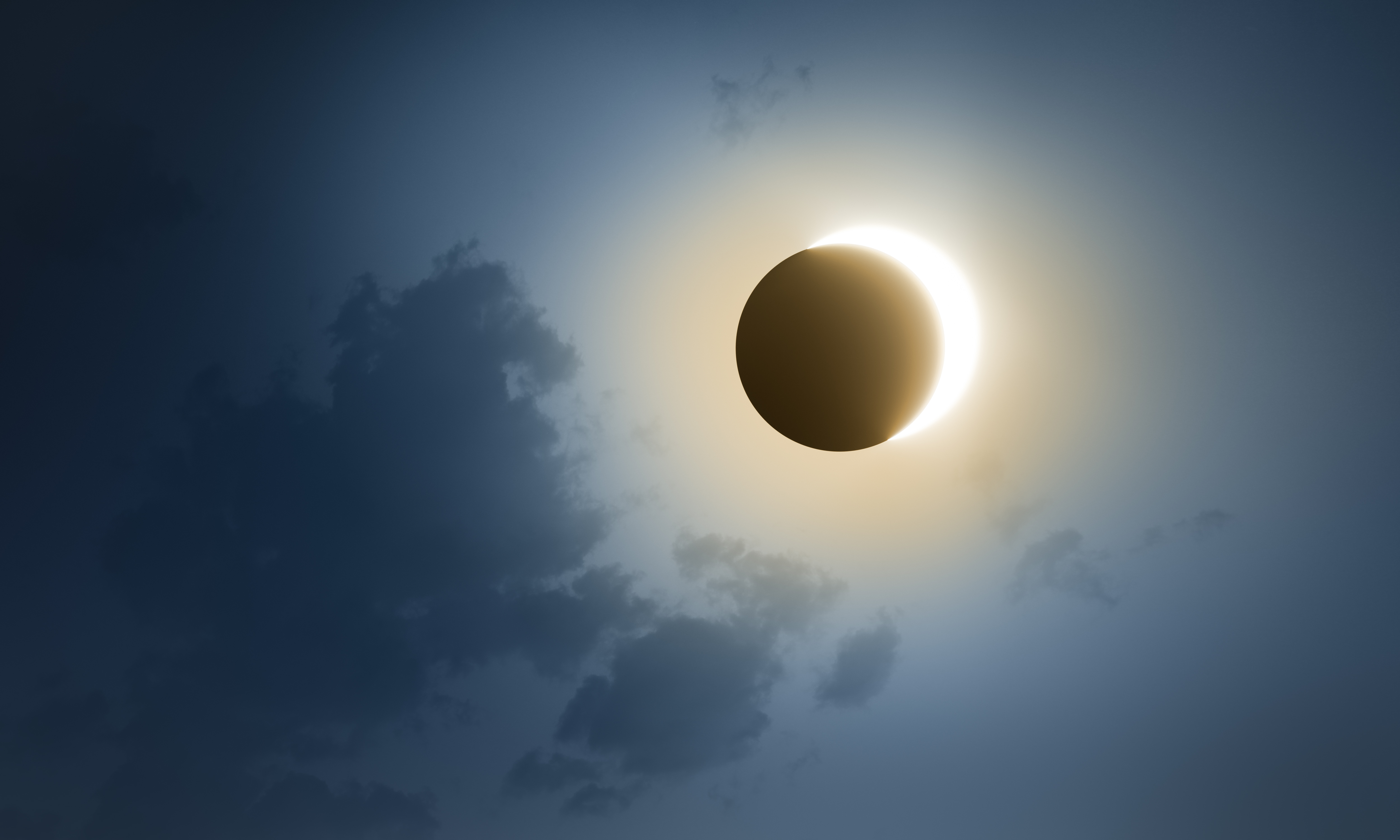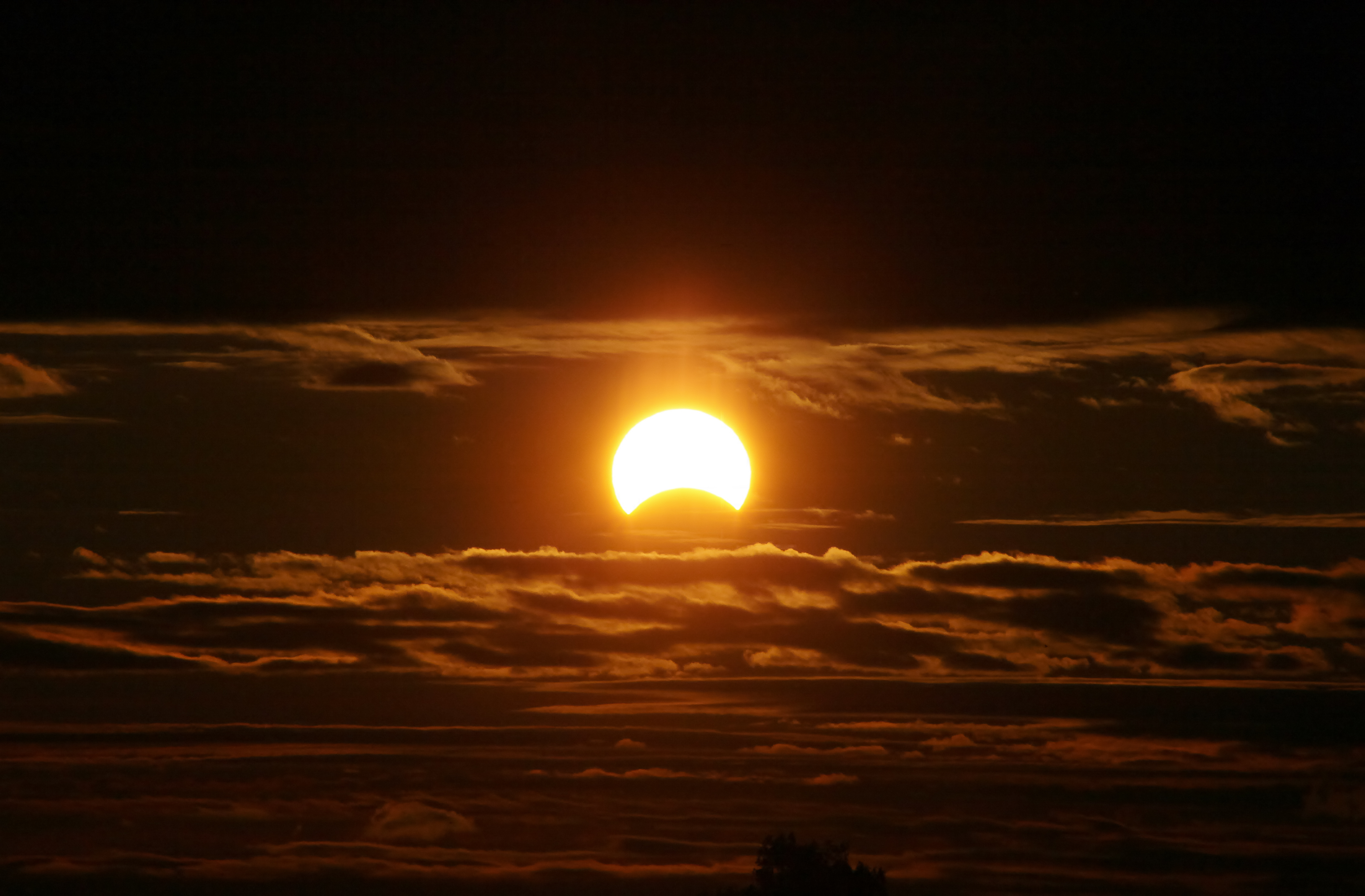Did you get the chance to look up to see the total solar eclipse Monday? If not, it'll be awhile until your next chance to see one in the U.S. -- and even longer until one occurs in Illinois again.
According to experts, full solar eclipses occur every year or two or three, but they are often in places where almost no one can see them — over the Pacific Ocean or Antarctica.
The next total solar eclipse, in August of 2026, will grace the northern fringes of Greenland, Iceland and Spain. Another is set to sweep across northern Africa in 2027.
WATCH: Did you miss the 2024 total solar eclipse? Re-watch the moment it happened
North America won’t experience totality again until 2033, but only in Alaska. That’s it until 2044, when totality will be confined to western Canada, Montana and North Dakota.
The next big one for the U.S. will be in August of 2045: That one will stretch from Northern California all the way to Cape Canaveral, Florida -- but it won't be seen in Illinois.
According to NASA, the next total solar eclipse that will be visible in Illinois won’t occur until Sept. 14, 2099. That eclipse will be visible in northeastern Illinois, including the city of Chicago, as well as parts of Wisconsin, including Madison, Milwaukee and Kenosha.
Why the April 8 solar eclipse was so special
NBC 5 Meteorologist Kevin Jeanes called Monday's total solar eclipse the "greatest solar eclipse across the U.S. in our lifetime."
The path of totality for Monday's solar eclipse was across the U.S. It racked through Carbondale in Southern Illinois once again, marking a repeat from 2017. For those in the Chicago area, the near-total eclipse marked the closest the area will to totality in decades.
Feeling out of the loop? We'll catch you up on the Chicago news you need to know. Sign up for the weekly Chicago Catch-Up newsletter.
"The solar eclipses that are going to occur, for the most part, that are going to be visible in our area after this one will not be to the extent that this one is," Michelle Nichols, director of public observing at the Adler Planetarium, told NBC Chicago.
During Monday's eclipse, the Chicago area saw 94% of the sun covered.
"Pretty much all of them in the next several decades in our area won't feature the sun covered at 94%," Nichols said ahead of the event Monday. "So if you want to see that, this is going to be your last chance for quite a while."
The spectacle was especially emotional for some, including NBC 5 Storm Team Meteorologist Pete Sack.
MORE: What should I do with my eclipse glasses? Here's where you can donate them
Sack, who was reporting live from Indianapolis, was moved to tears as the eclipse appeared in totality.
NBC Chicago posted his wholesome reaction on social media, and a whole lot of people took notice. Dozens shared comments of support, and some revealed they too were overcome with emotion.
"I thought it was great," a Facebook user named Kim commented. "When you have passion with the work you do and momentous occasion presents itself, you should let your emotions flow."
What happens in a total solar eclipse?
During a total solar eclipse, the moon lines up perfectly between the Earth and the sun, blotting out the sunlight.
Monday, the full eclipse lasted up to 4 minutes, 28 seconds. That’s twice as long as the total solar eclipse that darkened U.S. skies in 2017. The length of totality varies by location.
The moon’s shadow that falls on Earth follows along a path that is 115 miles wide.




